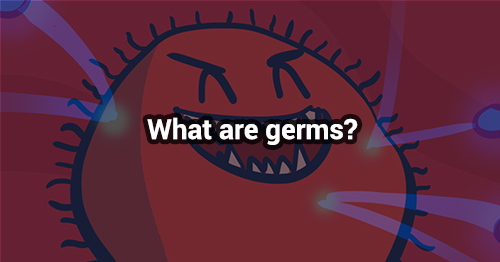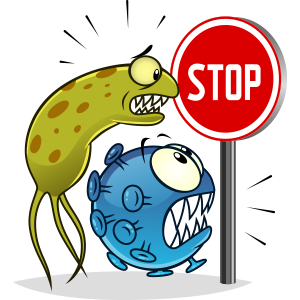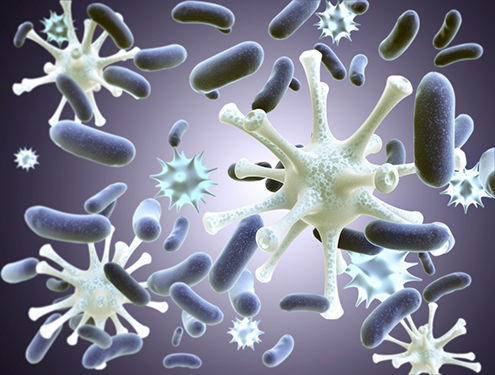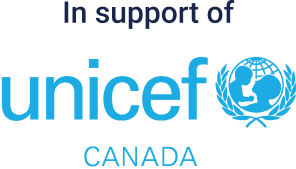What are Germs?

For as long as you can remember, your parents have asked you to wash your hands before eating or after using the washroom. Have you ever asked them why? They likely told you the reason was to get rid of germs. So, what exactly are germs and why do we need to get rid of them?
Germs are tiny living things. They are so tiny that you can’t even begin to see them with your eyes. In fact, it would take about a million germs in a line to stretch across your desk. So, it’s no surprise that you need a microscope to observe germs.
Usually when we say germs we mean viruses and bacteria. For now we’ll represent germs with images like this cartoon image:

But viruses and bacteria actually look more like these images:

Germs are all around us. They are in the air, in water, on objects like desks and doorknobs, and in and on our bodies. Many germs are harmless. Many of the germs that live in and on our bodies actually help keep us healthy. For example, bacteria in our intestines help digest food. But some germs are harmful and don’t belong in our bodies. If these harmful germs get inside our bodies they can grow into an infection. Some infections can make us really sick and can lead to disease.
Thankfully, our skin and other body parts are really good at keeping germs out. But sometimes these germs can get into our bodies through a break in the skin. Or they can enter through other body openings, such as our nose, mouth or eyes. So, if you have germs on your hands and then touch your nose, mouth or eyes, you could get an infection. If you have germs on your hands, you could also pass them on to other people and they could get an infection too. That’s why your parents have you wash your hands. It’s the first step to stopping those harmful germs and the spread of infections.




